- Cliff environments and the growth of rock climbing
- Vertical habitats are unique
- Rock climbing is experiencing a popularity boom
- 1. Give nesting birds some space
- 2. Care for cliff vegetation
- 3. Carry out all your litter
- 4. Help local organisations and global initiatives
- A few initiatives and organisations you can contact
- 5. Spread the word
- 6. Become a citizen scientist
Once a niche sport, rock climbing has become a mainstream pleasure enjoyed by many. The natural world offers a thrilling adventure through beautiful environments filled with wildlife. However, with rock climbing's rise in popularity, the amazing biodiversity sustained by cliff ecosystems is under pressure. To alleviate this problem, there are numerous helpful acts you can do right now. You can contact and support organizations and initiatives associated with sustainability, monitor your litter and that around you, take care of the vegetation you encounter, give nesting birds some space, become a citizen scientist, and spread the word.
Cliff environments and the growth of rock climbing
Rock climbing often happens in amazing natural landscapes, and this is one of the things that draws people to the sport. However, because they are difficult to access, these areas often represent the last remaining refuge for species that have been driven out by agricultural expansion and urbanisation. What’s more, some species have adapted to take advantage of these vertical habitats and depend on them for their survival.
The number of climbers heading out to these cliffs is increasing at an astonishing pace around the world and so it is becoming more and more important for climbers to know what they can do for the biodiversity of their local areas. Many Mossy Earth members are climbers, we are very grateful for the support of some amazing rock climbing legends such as Hazel Findlay, Alex Honnold, James Pearson, and Caroline Ciavaldini.
To get started, we are sharing some general guidelines and pointers for climbers who are inspired to do something for their local area, but don’t know where to start. We also sat down with Hazel Findlay to get her perspective on some of these ideas.
Vertical habitats are unique
Due to the very nature of the sport, rock climbing happens in areas that are generally hard to access and mostly unsuitable for agriculture or urban development. As a result, they have generally suffered less human impact and areas that are interesting for climbing tend to be important sites for biodiversity. For example, about 40% of sport climbing areas in Spain are found within nature protection areas. To give you a better sense of why these habitats are important here are some of the ways they are used by different plants and animals:
- For birds, cliffs are a safe place to rear their young away from predators.
- Some plants have adapted to grow on ledges and small cracks and pockets where water and nutrient availability is low but where there is less competition from more generalist plants (i.e those species that do well in a wide range of habitats).
- Some snails have evolved to hide in small cracks on the rock and the shape of their shells appears to be optimised for this purpose.
- Bats often rely on caves and cavities found at or close to rocky outcrops for natural shelter where they can rest during the day.


Take action now
Do you want to have a direct impact on climate change? Sir David Attenborough said the best thing we can do is to rewild the planet. So we run reforestation and rewilding programs across the globe to restore wild ecosystems and capture carbon.
Get involvedRock climbing is experiencing a popularity boom
What started out as a fringe outdoor activity has become a fully-fledged sport with about 35 million participants. As anyone who has been climbing for a while will tell you, the growth of the sport over the last decade has been astonishing. New gyms have been opening like mushrooms in big cities.
Climbing documentaries such as the Dawn Wall and Free Solo probably played a big part, and the debut of climbing in the Olympics may very well turbocharge this trend. Although not all of these new climbers will venture outside, we can expect the impact of rock climbing on these ecosystems to continue increasing.
Some climbing areas are more sensitive to human disturbance than others and best practices should always be adjusted to the context of a specific area and climbing discipline. However, there are some common themes that emerge around the world and that are worth every climber being aware of. Next, let's discuss the ways in which you can reduce your impact on biodiversity while climbing.
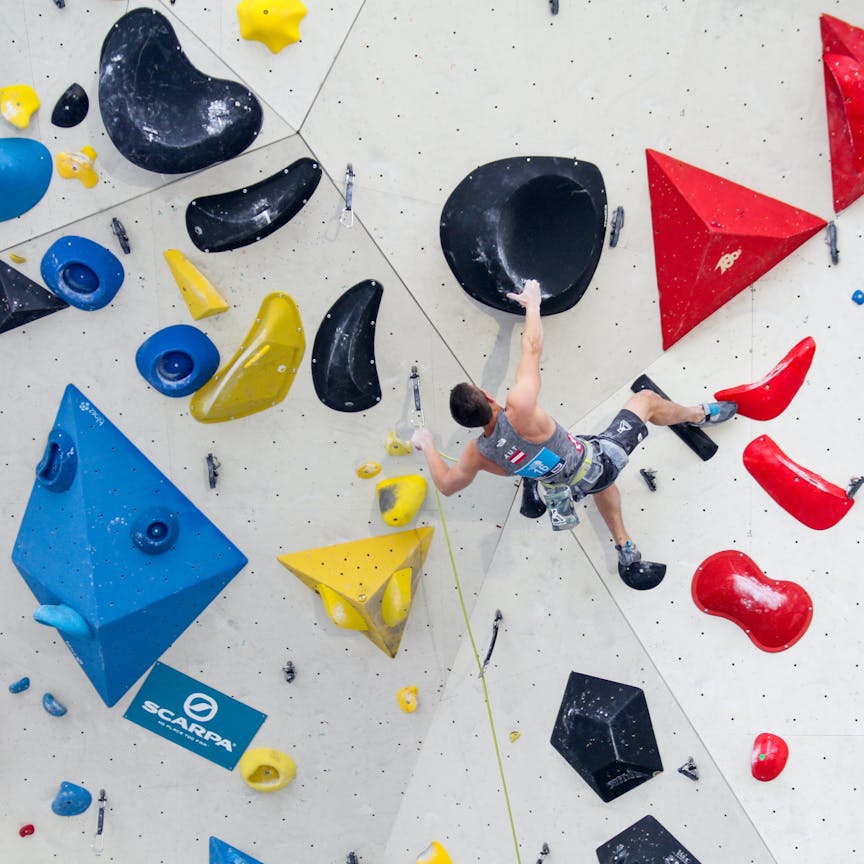
1. Give nesting birds some space
The presence of climbers at the cliff where birds are nesting can cause them to abandon their chicks to starve.
Tips:
- Check if there are any bird nesting restrictions in the areas where you plan to climb. This information is usually available on climbing guidebooks and some organisations such as the BMC have an online database you can check.
- If you hear a bird calling loudly and acting distressed, back away and find somewhere else to climb.
- If you spot a nest, try to leave a note at the bottom of the route and find a way to communicate this to the rest of the local climbing community.
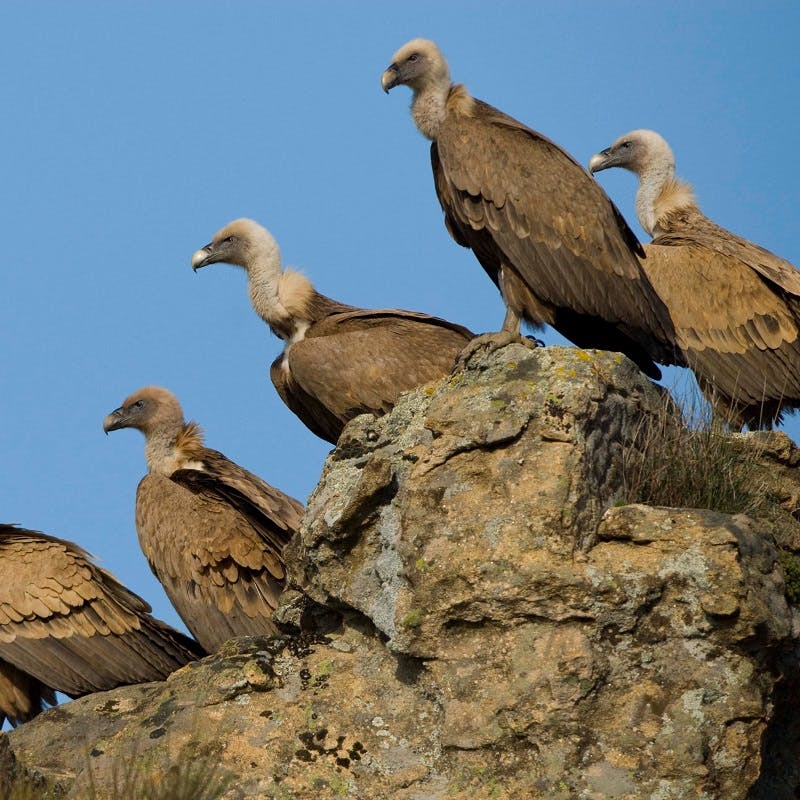
2. Care for cliff vegetation
Sometimes climbers remove vegetation and soil when establishing a route that has not been climbed before so that it becomes more suitable for climbing. This can wipe out the cliff ecosystem that was there previously. Climbers may also physically disturb plants when climbing if they get in the way and may trample the vegetation at the base or top of the cliff.
Tips:
- Keep the impact on vegetation in mind when developing new climbing routes and focus on plant free faces.
- Work with other route developers and conservationists to understand the potential impact of route development on the plants.
- Avoid stepping on or grabbing plants growing on the rock when climbing.
- Stick to the trail on your approach to climbing areas
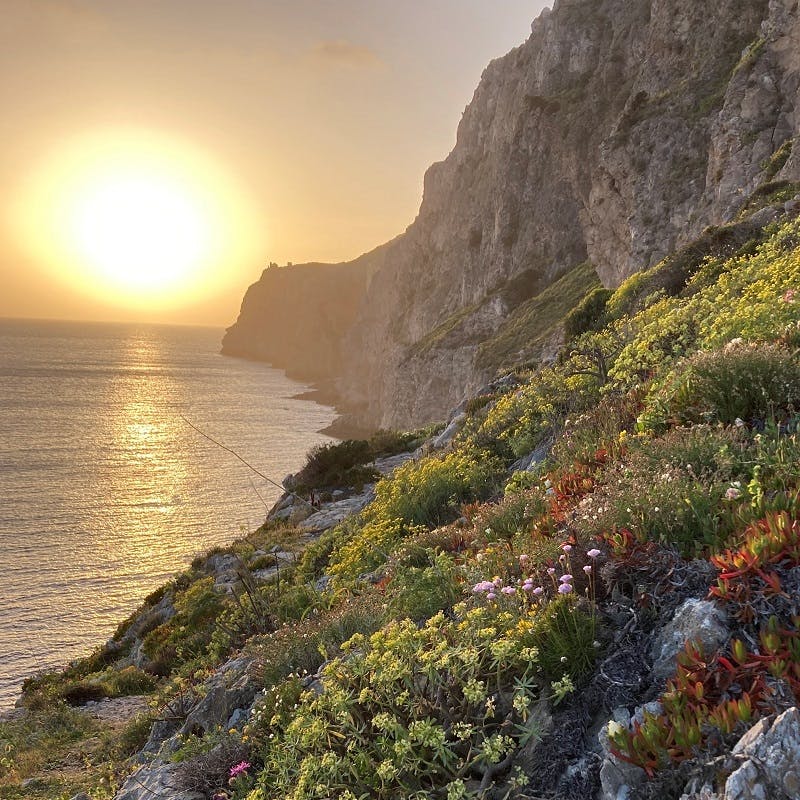
3. Carry out all your litter
This is not specific to climbing but litter can affect all kinds of wildlife and plants. This includes fruit peels and organic waste. Other than being ugly and smelly, these foreign inputs into the ecosystem could affect nutrient balance and the structure of fragile communities.
Tips:
- Have a designated bag or plastic tub in your bag that you can use to carry all your litter
- If you can, take the opportunity to pick up any litter you find along the way.
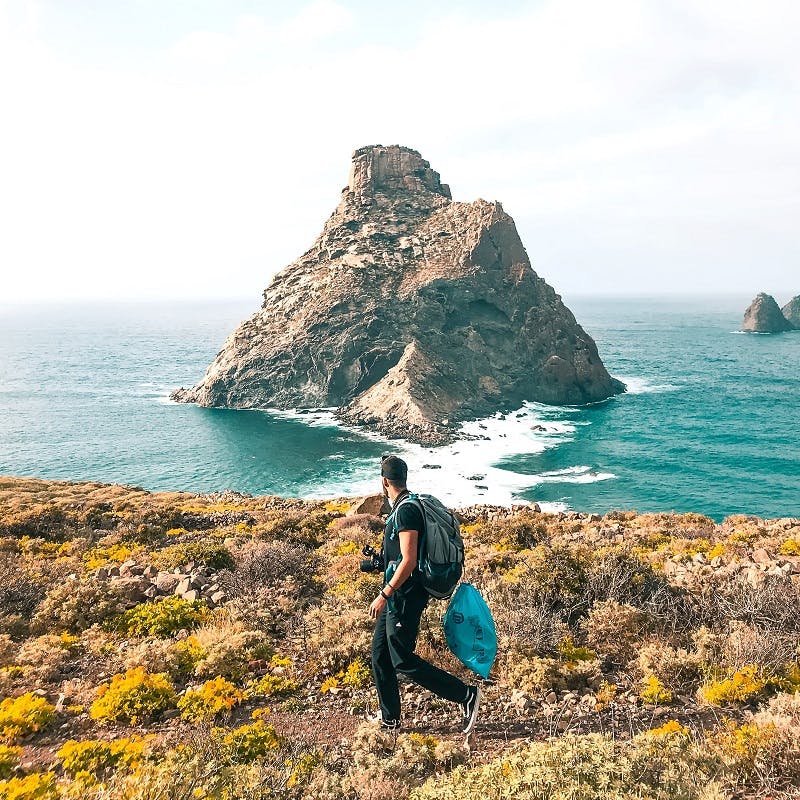
4. Help local organisations and global initiatives
In many places, climber representative bodies and NGOs are taking great steps to ensure climbing is managed sustainably. This involves collaborating with the authorities of natural parks, and conservation organisations so that agreements can be reached that minimise the impact of climbing on the environment while keeping regulations to a minimum. These organisations often have limited funds with which to achieve these goals and tend to rely on the support of volunteers. If this motivates you, why not get in touch with an organisation or initiatives that inspires you and ask how you can help?
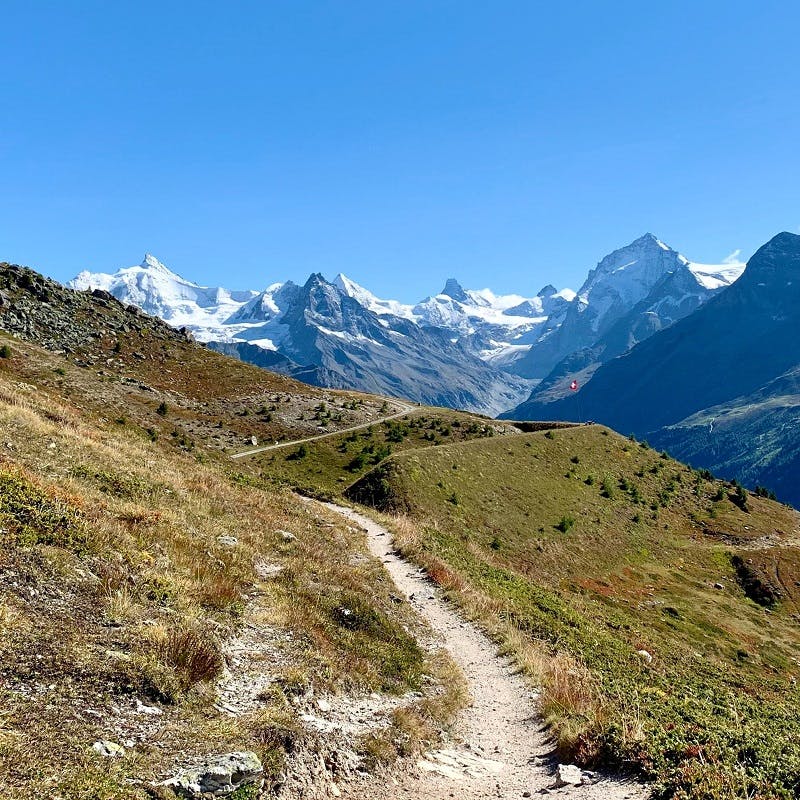
A few initiatives and organisations you can contact
Here is a list of some organisations and initiatives you can contact and get involved with to help preserve biodiversity and the environment when climbing:
- The British Mountaineering Council has a lot of interesting information about climbing in a responsible way in England and Wales including instructional videos and good practice guidelines. They also keep an up to date database of access restrictions called RAD which you can consult through their app.
- The Access fund does a lot of work on trail maintenance, awareness building and supports all kinds of initiatives dedicated to ensuring climbing is done sustainably.
- Escalada Sostenible is a critical piece in the puzzle of maintaining climbing access and the biodiversity of climbing areas in Spain.
- The Climbing Initiative is a recent international umbrella initiative that aims to bring together climber organisations that are “motivated to create positive economic, social and environmental change”. They have researched the environmental issues around specific climbing destinations and seem to have some exciting ideas lined up!
- WorldClimb (@theoworldclimb) is an international research project that aims to develop and implement systematic ways to analyse the impact of sport climbing on the biodiversity of areas around the world. Without proper research we risk imposing unnecessary restrictions or causing great damage to biodiversity – the ultimate goal of the project is to avoid this.
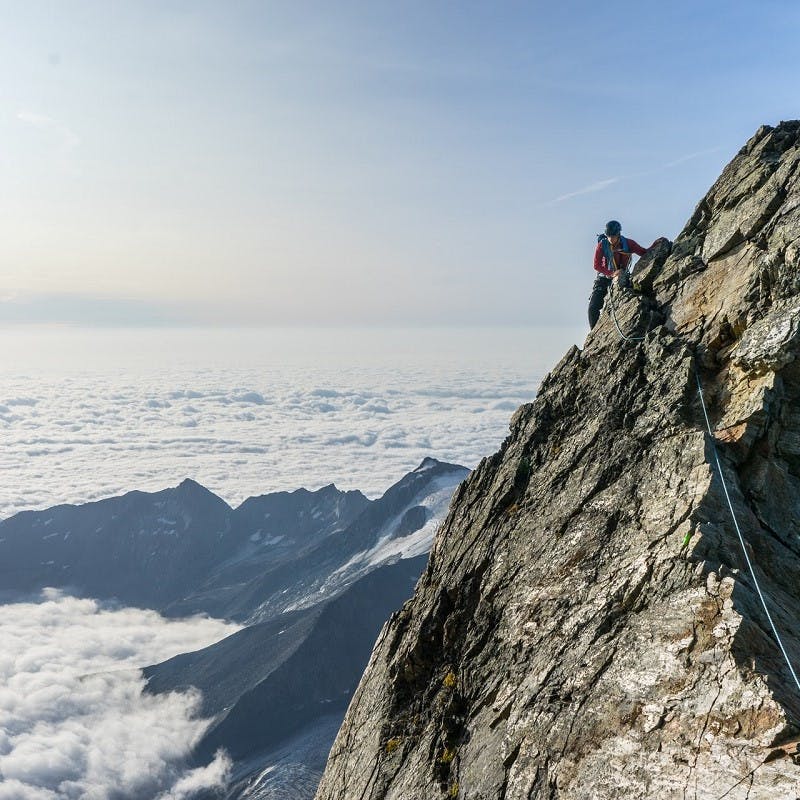
5. Spread the word
Many climbers start out in climbing gyms before venturing outdoors, especially now that indoor climbing is becoming very popular and accessible. If they are not familiar with good practices at climbing areas they can damage biodiversity when they head out. A straightforward way to address this problem is to spread the word about good practices.
Tips:
- Ask your climbing gym to organise a talk about this topic
- If you are mentoring other climbers that are just getting started, include good practice recommendations in your instructions – something that seems obvious to you could easily be overlooked by someone who is still finding their bearings.
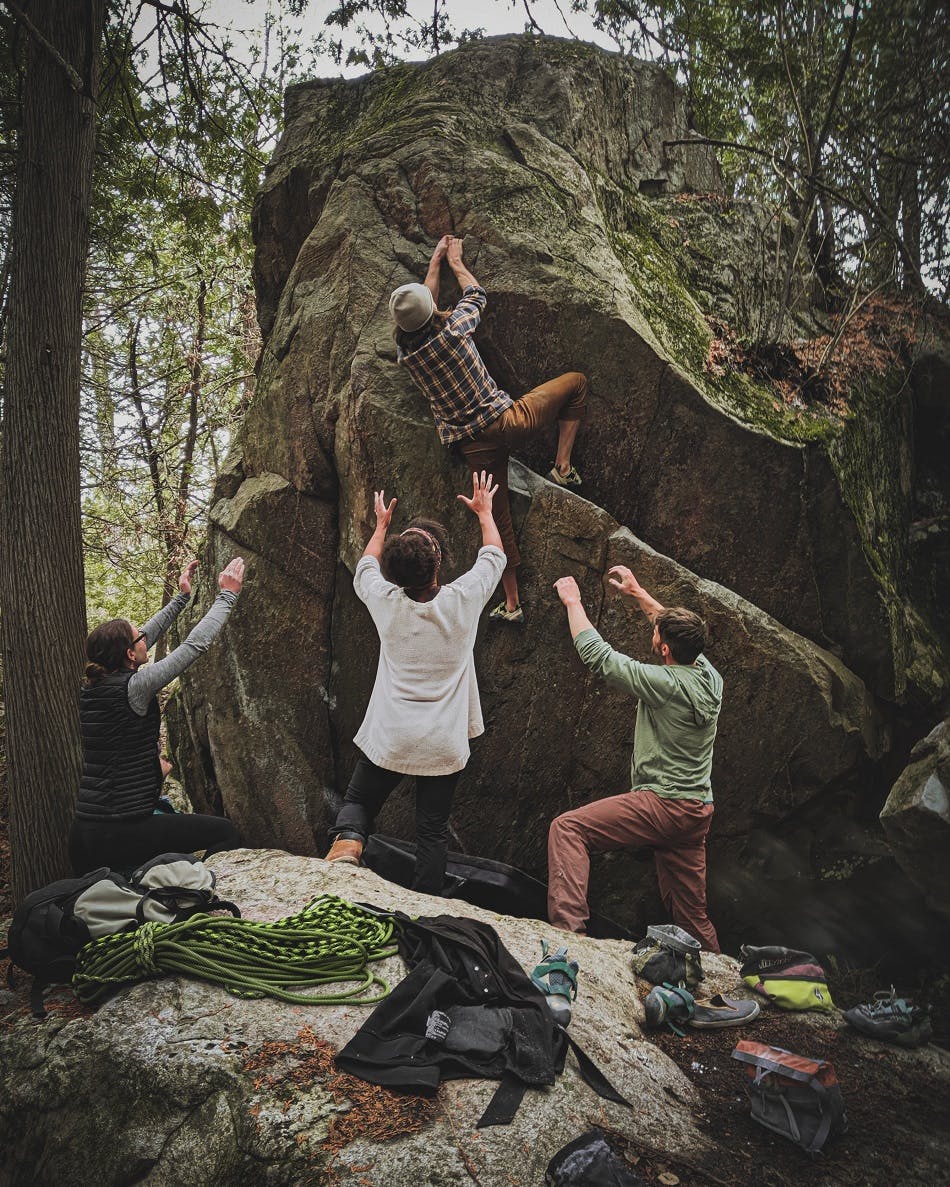
6. Become a citizen scientist
In the early days of mountaineering, climbers often collected data about the species and geography they encountered as part of an expedition. It is now much easier to contribute to science as a climber and much of this comes down to the fact that each of us carries a tiny computer that can seamlessly capture images, location, sound and associate them with a timestamp – our smartphones!
There are apps that allow users to upload their data to a database which can then be accessed by scientists for research and management purposes. Environmental monitoring can provide an early warning system for issues such as rapid population declines, pollution events, the presence of invasive species and in that way provide a valuable contribution to nature conservation and restoration efforts.
Since we visit areas that few other citizen scientists visit we have an opportunity to make important contributions.
Here are some examples:
- iNaturalist: Focused on biodiversity monitoring, this app uses machine learning to provide you with likely species id based on your photos and location. There are also specific projects within you can join so that you can focus your efforts on what is most interesting or important for your local area. There is also a growing community component intended to make it easier for users to learn from each other.
- eBird: Focused specifically on birds this app allows you to carry out proper surveys or simply register bird sightings. It is a great way for birdwatchers to keep track of their sightings and find new areas to explore but also to share this data with scientists.
- Planet patrol: This is an app to use while out and about when you come across litter, as it allows you to gather and share data about the type of waste you find. This can then be analysed so we have a better picture of the waste problem and how to tackle it.
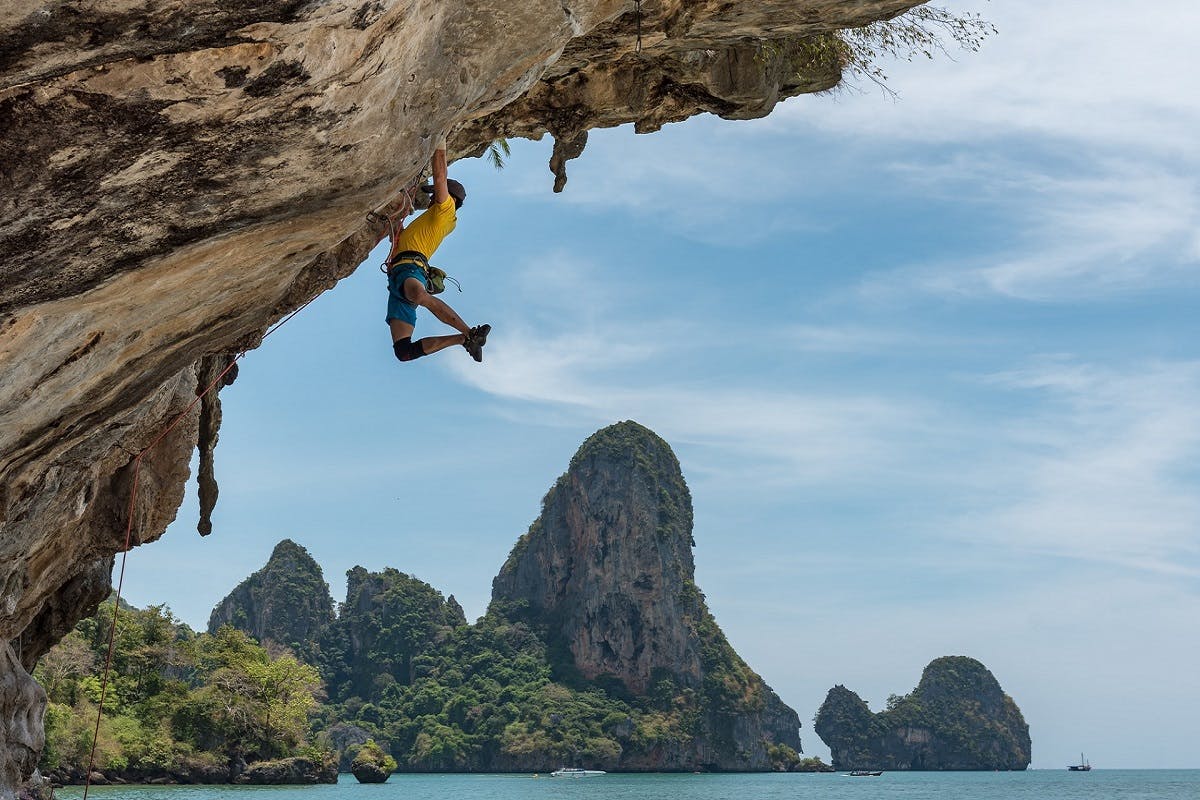
Sources & further reading

- “Respect the Wild: don't trash your room” - British Mountaineering Council
- “Access fund on climate change” - Access Fund
